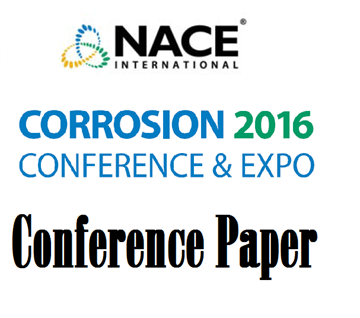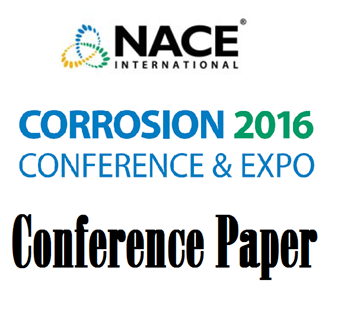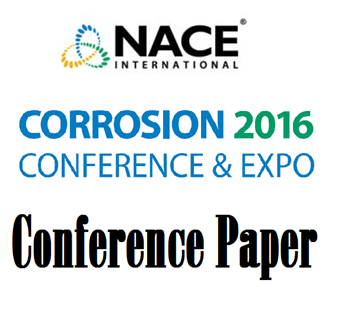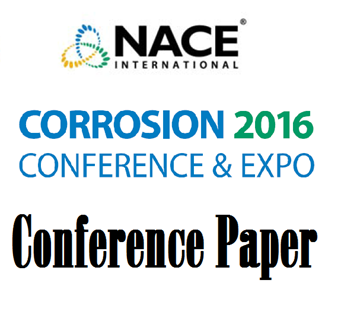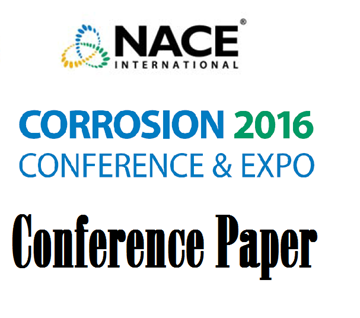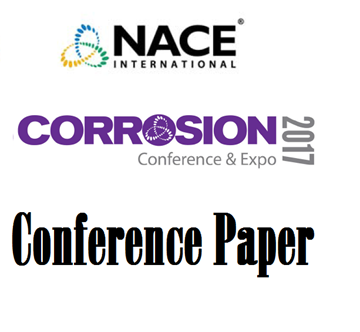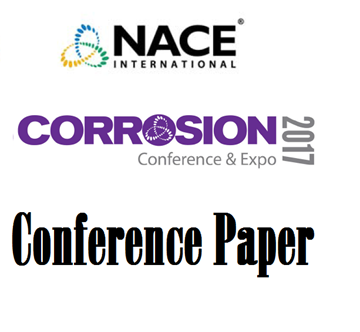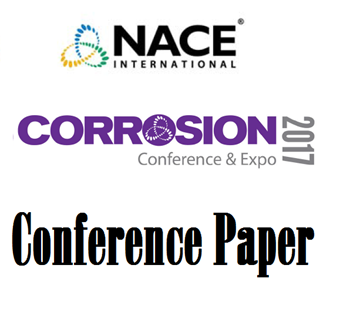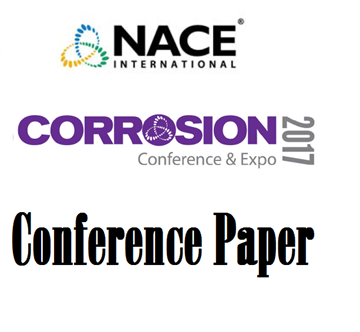Search
Coatings and Linings
View as
Sort by
Display
per page
51316-7312-Changes in Test Methodology to Reflect the Changes Within the Oil and Gas Linings Market
Product Number:
51316-7312-SG
ISBN:
7312 2016 CP
Publication Date:
2016
$20.00
51316-7323-Study of protection mechanism of multifunctional coating systems against internal corrosion in pipelines in oil and gas industry
Product Number:
51316-7323-SG
ISBN:
7323 2016 CP
Publication Date:
2016
$20.00
51316-7342-Development of a New High Charge Polymer for Cooling Water Treatment
Product Number:
51316-7342-SG
ISBN:
7342 2016 CP
Publication Date:
2016
$20.00
51316-7345-New Advances in Epoxy Protective Coatings
Product Number:
51316-7345-SG
ISBN:
7345 2016 CP
Publication Date:
2016
$20.00
51316-7422-Expected Service Life and Cost Considerations for Maintenance and New Construction Protective Coating Work
Product Number:
51316-7422-SG
ISBN:
7422 2016 CP
Publication Date:
2016
$20.00
51317-9071-Nanoparticle/Nanofibre-based Coatings for Corrosion/Oxidation Protection
Product Number:
51317-9071-SG
Publication Date:
2017
$20.00
51317-9333-Characterization of Sacrificial Protection Efficacy and Longevity of a Thermal Spray Non-skid Coating under Sealants and Topcoats
Product Number:
51317-9333-SG
Publication Date:
2017
$20.00
51317-9430-Epoxy High Temperature Coatings and Considerations
Product Number:
51317-9430-SG
ISBN:
9430 2017 CP
Publication Date:
2017
$20.00
51317-9488-Development and Assessment of Environmentally-Friendly Corrosion Stain Remover for Navy Topside Coatings
Product Number:
51317-9488-SG
ISBN:
9488 2017 CP
Publication Date:
2017
$20.00
51317--9534-The Dilemma Found During Investigative Digs
Product Number:
51317--9534-SG
ISBN:
9534 2017 CP
Publication Date:
2017
$20.00
51317--9539-Durability of Nano-Coating for Marine Highway Bridge Application
Product Number:
51317--9539-SG
ISBN:
9539 2017 CP
Publication Date:
2017
$20.00
51317--9542-Silicon-Based CVD Nanocoatings for Corrosion Resistance and Advanced Surface Properties
Product Number:
51317--9542-SG
ISBN:
9542 2017 CP
Publication Date:
2017
$20.00

